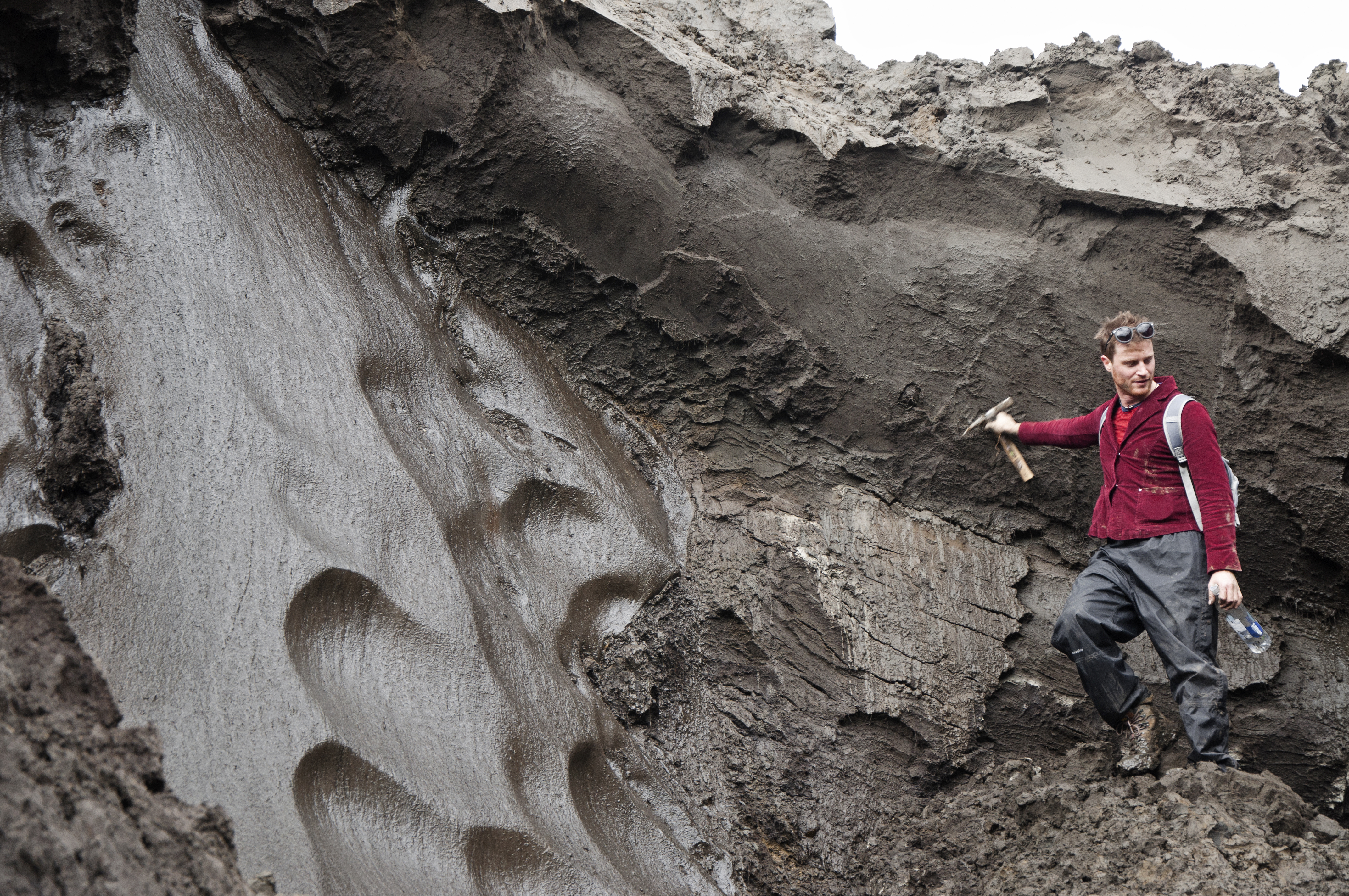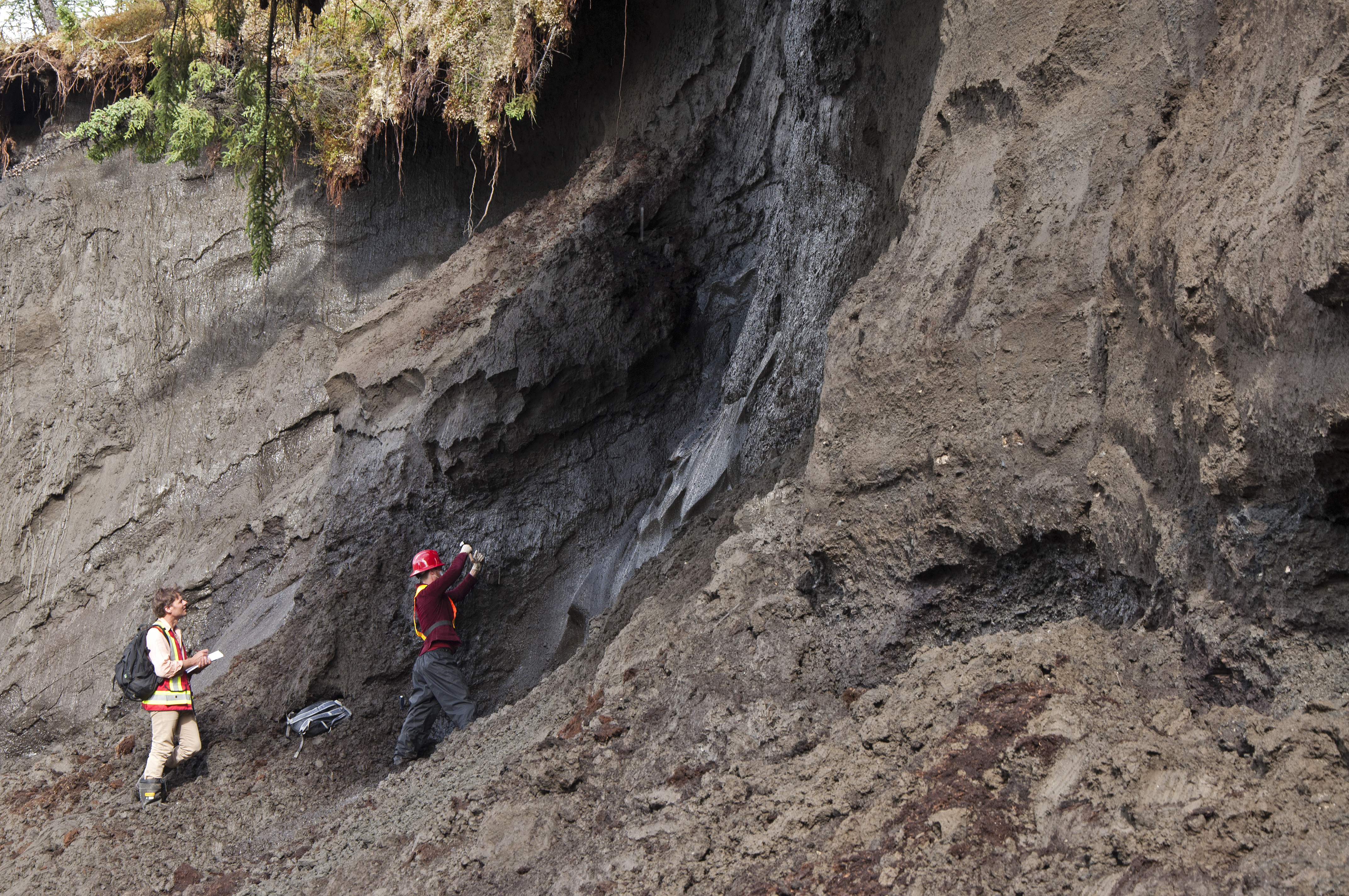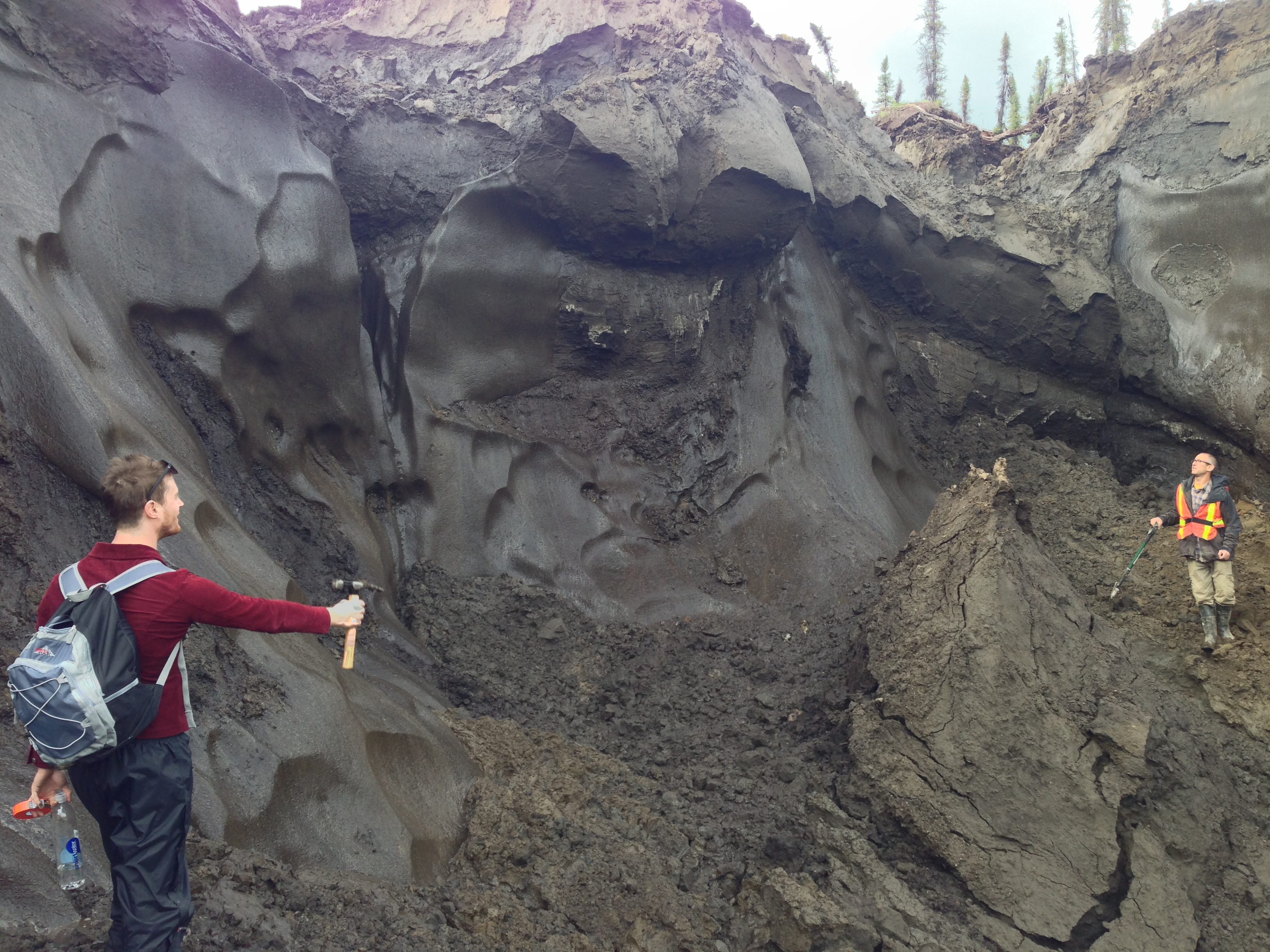Guest Post: Tim Rabanus-Wallace
This is a guest blog post created by my wonderful (and now former) PhD student Tim Rabanus-Wallace about a recent paper that we got published in Nature Ecology & Evolution. Tim has now started a postdoc at IPK Germany, but has kindly made a informal piece for me on how the paper came about. Thanks again Tim!
In April 2017, Jimmy and myself published a paper in Nature Ecology and Evolution. This paper argued that the bone chemistry of ice age beasts proves an age-old hypothesis: that moisture played a key role in the extinction of the great grassland megafauna that dominated terrestrial ecosystems at the end of the last glacial period (or Ice Age in common parlance). This hypothesis was devised to explain the extinctions in the far north, but we argued in the paper that moisture-centric extinction models help to explain observations all over the globe, even in South America, and perhaps—just perhaps—Africa.
In this guest post, I’ll talk about how this research came to be and developed over time. There have been a gratifying number of articles written that explain the findings, and of course, the implications for humans in as the ecosystems of the earth once again adapt to a period of rapid climate change.
My part in this paper began with an act of blackmail, and culminated with a smoking gun.
Several months into my PhD, I sat in a meeting as my principal supervisor Alan Cooper (Australian Centre for Ancient DNA) described a strange observation. The many bones that the lab had had carbon dated over decades of work usually came back from the radiocarbon facility with more than just a date: they also provided information on isotopes, among them the ratio of heavy and light isotopes of nitrogen. It was only a matter of time until someone considered graphing the nitrogen isotope ratios against the radiocarbon dates, and when Alan had done this a few years earlier, a clear pattern emerged: a curious ‘dip’ in the relative amount of heavy nitrogen, occurring just after the end of the Last Glacial Maximum (22,000–14,000 years ago).
The bones that provided this data were blasted from permafrost exposures with high-pressure water, dragged from river bottoms, cobbled together from museum collections, hand-picked from streams, or even discovered by gold miners. In fact I myself had the opportunity to collect Canadian ice age fossils on two expeditions in 2013 and 2015. Thanks to the continued work of colleagues and collaborators, bones keep coming and coming, and it was generally felt that the curious dip was overdue to be explained and published. But by whom? The laboratory specialised in ancient DNA, not palaeoisotopes. This is where the blackmail came in.




Alan asked me if I’d be interested, and I was. But I had other projects to work on, and I needed to know that I could apply the skills I would have to learn more generally. I offered a compromise: I would use the data as an opportunity to learn a statistical programming language, R. If I could be afforded the time to put together an analysis in a new language, then I’d look into an interpretation.
The interpretation was going to require some expertise, and for a year or more, every laboratory contact interested in isotopes, palaeoclimate, or megafaunal extinction was dragged into the office to discuss the possible implications of various graphs. The number of different perspectives kept growing, and indeed the number of graphs was itself growing as I scoured the literature for more and more data. One particularly serendipitous introduction was to Matt Wooller (University of Fairbanks). Matt quickly identified an area of research highly relevant to the project: Research into the relationship between moisture and the nitrogen isotopes of grassland herbivores. The datasets studied so far were all similar to ours in many ways, and best of all, they more-or-less unanimously showed a common trend. We began to think of these isotope values as a proxy for moisture.
It was time to cash in on my end of the deal. Learning as I went, I used R to implement a method that would approximate moisture from the isotopes. There were several challenges: What if the isotopes came from different species of animal? What if there were missing data at a particular point in time? At times when the isotope data were very broadly spread out, what would be the fairest way to estimate the moisture, and could we visualise that uncertainty somehow? Bit by bit, I implemented ways to help tackle these problems.
With moisture levels visualised, the bigger picture began to take shape. This was also ultimately the result of collaboration. I had spent many long road trips in the Yukon Territory having long discussions with Grant Zazula (Yukon Department of Palaeontology), who served as a mentor in all things Quaternary. He often referred to a book by one R. Dale Guthrie, a book called The Story of Blue Babe, which in his words “really tied it all together”. As I read the book, these prescient words came back to me. In the final chapters the book describes a then-new theory of the Late Glacial extinctions that is in fact driven by moisture. In short, increased moisture initially causes a short boon of grassy foliage, which benefits the grassland animals— but that doesn’t last long. Sustained moisture allows other communities to invade, which displace and wipe out the grassland megafauna. The more literature the writing team read, the more it became apparent that we were far from the first to follow up on this link. A large body of literature had accumulated evidence arguing for moisture’s primary role in the extinction events. Some of these were even isotopic studies, and of all the evidence used to support this model (palynological, geological, palaeontological … ), isotopes could most be called a smoking gun because they directly link moisture changes to the day-to-day experience of the megafauna. This was what our ‘dip’ was showing: the period during which the grassland beasts were gorging on abundant fresh foliage, only for it to be largely replaced with inedible forest and tundra plants.
The paper was written, and re-written. In fact there exist six complete re-writes, because this is the nature of how ideas and approaches develop. The end result—my first scientific publication—owes entirely to the input of collaborators and the work of other scientists, to whom I am most grateful. We are all looking forward to seeing what the scientific and broader community makes of it.